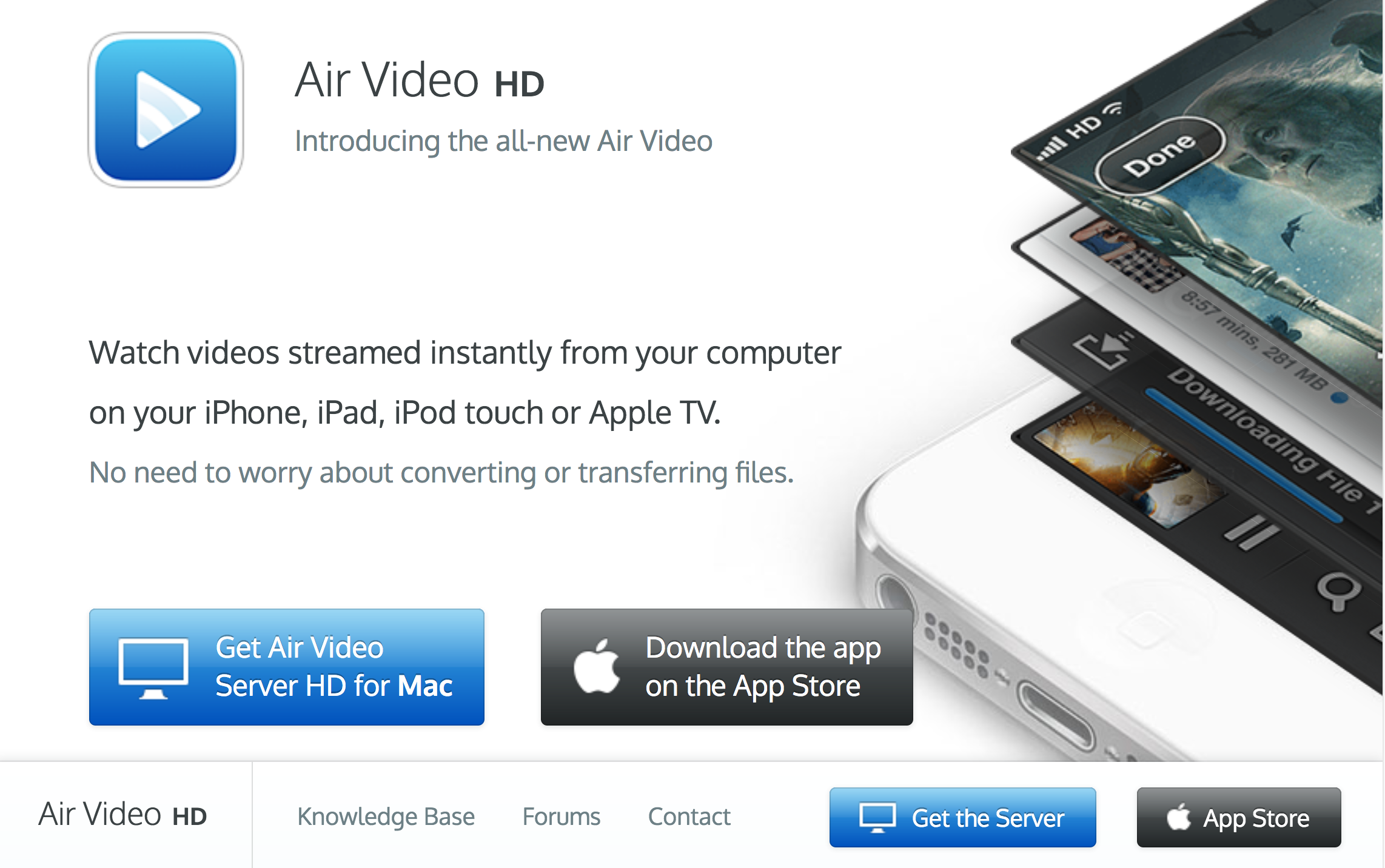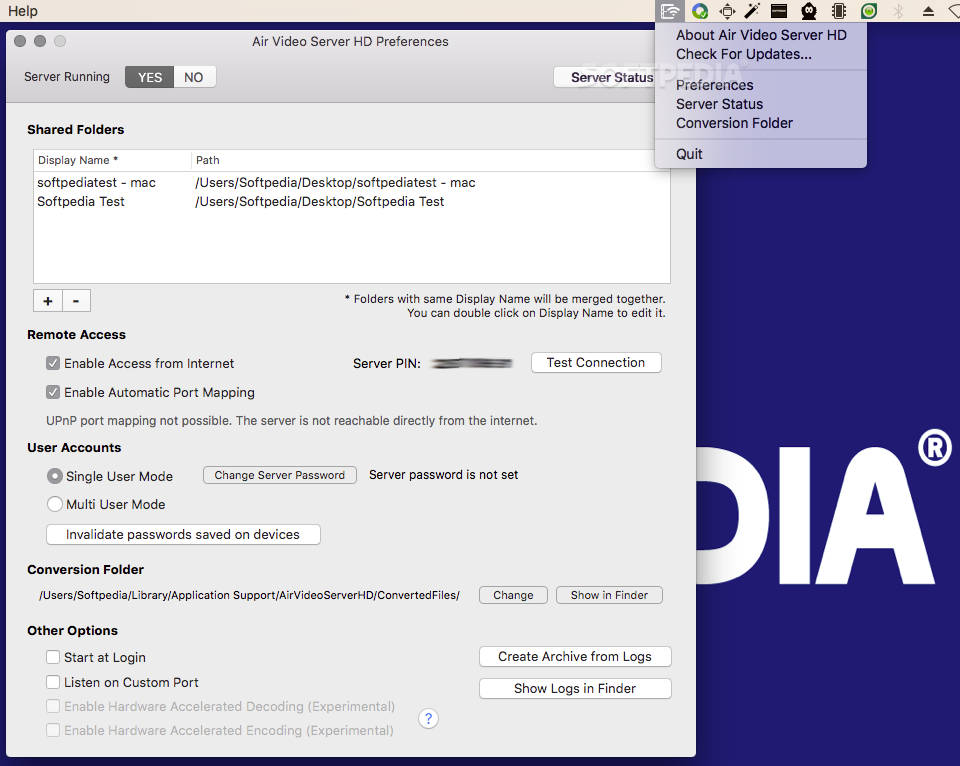

That includes parts of the UK, but also across Africa, where it's very likely that there will never be a fixed line infrastructure in many of the countries on that continent. It's likely years off, but the idea of sending 4K over internet connections could render the whole point of broadcast TV as pointless, not to mention disc-based formats, which have been on the wane for a while now.ĭelivery of high-definition material over 3G and 4G is also important, especially for those who don't have access to a fast, fixed-line service. But it's also going to be big news for the likes of Netflix, which demoed 4K streaming at CES this year. The upshot is that full HD video could soon, realistically, be done in 3G bandwidth. The changes make it practical to encode larger frame sizes, like 4K2K and even 8K4K. The actual differences in how h.265 encodes video over h.264 are reasonably small, and the principals, at least, are the same. It's much more complex than that, obviously, and if you're interested, there are plenty of white papers online that explain it in much better detail. Put simply, the encoder will understand that 90 per cent of the scene doesn't change from frame to frame, so only pays attention to the changes. Shoot a scene where a person walks across a static frame, and this is easy to compress. It looks at each frame of video, works out what moves and what does not and uses this information to compress the video. The way your eye, and particularly ow CRT TVs worked, meant it was never really obvious that it was happening.ĭigital compression is a lot more sophisticated. This is important, because it allowed analogue TV to fit into a restricted 6MHz of broadcast spectrum. That form of compression is clever, because it doesn't really reduce the amount of information sent, but it reduces the amount being sent at any one time. It works by creating two fields which each contain half the total picture. This technique is called interlacing and is a form of temporal compression.

Our, now largely redundant, analogue TV standard (PAL) uses 25fps, but to save bandwidth those 25 frames are stretched out to 50 half frames, or fields. This will allow streaming video to increase in quality, without using more of your precious internet bandwidth, and for Blu-ray and TV broadcasts to take advantage of 4K video and perhaps higher-quality 3D.Īt this point, it's worth explaining how video compression has changed over the years. What h.265, HEVC adds is a compression system that can reduce the capacity needed for 1080p video by as much as 50 per cent - actual percentages might be in the mid-30s. Right now, h.264 is hugely popular and used by the likes of Apple for its iTunes movie and TV downloads and it's also the codec used by Sky and Freeview for HD TV services. Since digital was first introduced in the UK, we've had compressed TV - it's a really great way of getting a lot more out of the broadcast capacity we have, and it's why we went from five terrestrial TV channels to more than 30.īut, current compression schemes like h.264 - or MPEG-4, as it's known - are still not as efficient as they could be, which is why we're now seeing the introduction of High Efficiency Video Coding (HEVC or h.265). Without it, we'd be stuck in a world with just a few dozen TV channels. (Pocket-lint) - Video compression is essential for home entertainment.


 0 kommentar(er)
0 kommentar(er)
